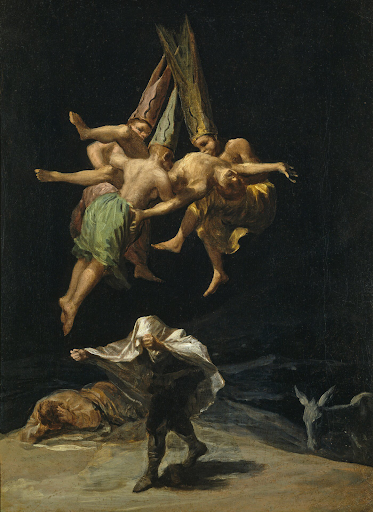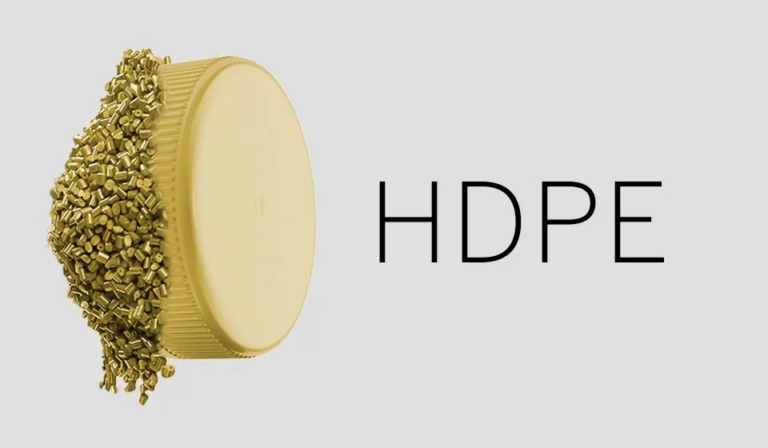Delving into the Dream: Exploring Goya’s ‘Witches in the Air

Contents [show]
Introduction
Francisco Goya’s ‘Witches in the Air,’ also known as ‘The Dream,’ is a captivating yet perplexing painting that continues to intrigue art enthusiasts and scholars alike. Created in the early 19th century, this work is part of Goya’s ‘Black Paintings’ series, a collection marked by its dark themes and enigmatic symbolism. This essay delves into the depths of ‘Witches in the Air,’ exploring its historical context, artistic elements, and the myriad interpretations that have surfaced over the years.
Goya’s ‘Witches in the Air’ is more than just a visual representation; it is a journey into the subconscious realms, a confrontation with the fears and superstitions of the era. In exploring this painting, we not only gain insights into Goya’s mind but also into the broader societal beliefs and anxieties of his time.
Historical Context and Goya’s Personal Journey
The early 19th century was a period of turmoil and transition, reflected in the political and social landscape of Spain. Goya, living through the Peninsular War and its aftermath, witnessed firsthand the horrors and chaos of the era. These experiences profoundly influenced his artistic direction, leading to the creation of the ‘Black Paintings‘ series.
‘Witches in the Air’ is believed to have been created during a time when Goya was grappling with illness and deafness, factors that significantly impacted his psychological state. This personal struggle, combined with the societal upheaval, infused his works with a sense of darkness and introspection. ‘Witches in the Air,’ with its haunting imagery and ambiguous narrative, is a manifestation of Goya’s inner turmoil and reflections on the human condition.
Analyzing the Artistic Elements of ‘Witches in the Air’
In ‘Witches in the Air,’ Goya employs a dramatic and expressive style that defies conventional artistic norms of his time. The composition is dominated by dark, earthy tones, creating an atmosphere of unease and ambiguity. The central figures – the witches – are depicted in a manner that blurs the lines between reality and fantasy, leaving the viewer questioning the nature of the scene.
The use of light and shadow in the painting is particularly striking. Goya skillfully manipulates these elements to enhance the surreal quality of the scene and to draw attention to the central figures. The ambiguous expressions and postures of the witches and the figures beneath them further add to the painting’s mysterious allure, making it a subject of endless interpretation and analysis.
Themes and Symbolism in ‘Witches in the Air’
Goya’s ‘Witches in the Air’ is rich in symbolic content, reflecting themes that go beyond the superficial horror of its imagery. The witches, traditionally associated with evil and darkness, could symbolize the irrational fears and superstitions that plagued society. Additionally, some interpretations suggest the painting as a metaphor for the political and social corruption of Goya’s time, with the witches representing the oppressive forces of authority.
The figures lying beneath the witches add another layer of complexity. They can be seen as victims of societal ills or representations of rationality overwhelmed by irrational forces. Goya’s genius lies in his ability to create a multifaceted narrative, allowing for various interpretations, from a critique of superstition and ignorance to a commentary on the human condition under distress.
Reception and Impact of ‘Witches in the Air’
Upon its creation, ‘Witches in the Air’ was not widely known outside Goya’s immediate circle. It was only after the artist’s death that the ‘Black Paintings’ series gained recognition. Over time, ‘Witches in the Air’ has garnered attention for its bold departure from traditional artistic themes and techniques, marking it as a precursor to modern expressionist and surrealist movements.
The painting’s reception has evolved over the years, with modern audiences appreciating its complexity and the psychological depth. ‘Witches in the Air’ continues to be a subject of academic study and public fascination, admired for its ability to provoke thought and evoke emotion.
Contemporary Relevance and Conclusion
Today, ‘Witches in the Air’ resonates with contemporary audiences, offering insights into the enduring nature of human fears and societal issues. Goya’s exploration of the dark aspects of the human psyche and the portrayal of oppressive forces finds relevance in modern discussions about authority, freedom, and the human subconscious.
In conclusion, Francisco Goya’s ‘Witches in the Air’ stands as a powerful testament to the artist’s visionary approach and his ability to transcend the confines of his time. This painting not only provides a glimpse into the artist’s mind and the era he lived in but also continues to challenge and inspire, demonstrating the timeless nature of Goya’s art.




